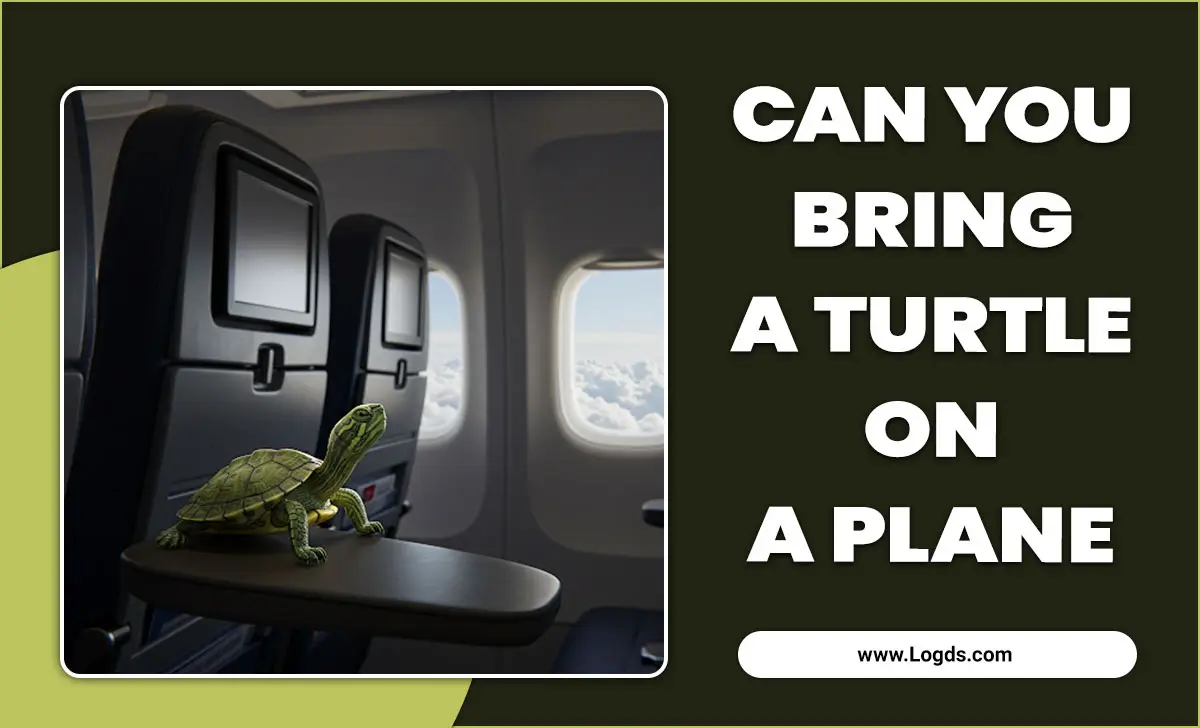Baja California Accessible Travel: Your Essential Guide makes exploring this stunning Mexican peninsula achievable and enjoyable for everyone. This guide offers practical tips, accommodation advice, transportation solutions, and activity suggestions, ensuring a comfortable and memorable trip regardless of mobility challenges.
Dreaming of sun-drenched beaches, vibrant culture, and delicious food in Baja California, but worried about accessibility? You’re not alone. Planning a trip, especially with specific needs, can feel overwhelming. Many vibrant destinations like Baja offer incredible experiences, but finding reliable information on accessible facilities can be a challenge. This guide is here to help! We’ll break down everything you need to know to travel confidently and comfortably through Baja California, ensuring your adventure is as smooth and enjoyable as sipping a margarita on the sand. Get ready to discover how to make your Baja dream vacation a reality!
Planning Your Accessible Baja Adventure
Getting ready for a trip to Baja California should be exciting, not stressful. By doing a little homework upfront, you can ensure a much smoother journey, especially when it comes to accessibility. Thinking about things like where you’ll stay, how you’ll get around, and what you’ll do will lay the groundwork for a fantastic trip.
Choosing the Right Destination within Baja California
Baja California is a long, diverse peninsula. Some areas are more developed with tourism infrastructure than others, which can impact accessibility. Focus on popular tourist hubs that tend to have better facilities.
- Cabo San Lucas & San Jose del Cabo (Los Cabos): These sister cities are the most developed tourist destinations in Baja. They boast modern resorts, paved infrastructure, and a higher likelihood of accessible options, from hotels to restaurants and attractions. Many large resorts here are designed with accessibility in mind.
- La Paz: While a bit more laid-back, La Paz is the state capital and has growing tourism. It offers beautiful beaches and a charming malecon (boardwalk) that is generally flat and easy to navigate. You’ll find a good range of hotels and services.
- Ensenada: Known for its wine country and culinary scene, Ensenada has a decent tourist infrastructure. The downtown area and waterfront are relatively accessible, but venturing into the surrounding wine regions might require more specific planning.
Essential Travel Documents and Information
Before you go, make sure you have all your essential documents in order. This includes your passport, any necessary visas (though typically not required for short tourist stays for many nationalities), and travel insurance. It’s also wise to carry a copy of your prescriptions and any medical information you might need.
- Passport and Visa (if applicable)
- Travel Insurance details
- Copies of important medical information
- Contact information for your doctor
Packing for Comfort and Convenience
Packing smart is key to any enjoyable trip, and for accessible travel, it’s even more crucial. Think about comfort, ease of use, and any specific needs you might have. For those managing incontinence, having a reliable supply of adult diapers or pads is essential for peace of mind. Brands that offer discretion and absorbency, like those found at MyIncontinence.com, can be lifesavers for long travel days and exploring without worry.
Beyond personal care items, consider:
- Comfortable, slip-resistant footwear
- Lightweight, breathable clothing
- Sunscreen, hat, and sunglasses
- Any personal mobility aids (ensure they are in good working order)
- Portable charger for electronic devices
- Small, easy-to-carry day bag
Navigating Baja California: Transportation Options
Getting around Baja California can be done in several ways, and some options are certainly more accessible than others. Researching and booking in advance can make a big difference.
Airport Transfers and Local Transport
When you land, you’ll want a reliable way to get to your accommodation. Many larger hotels can arrange accessible airport transfers, or you can book with a specialized service. Taxis are plentiful in tourist areas, but their accessibility can vary greatly. It’s often best to pre-book transport if you require a wheelchair-accessible vehicle.
Consider these options:
- Pre-booked Accessible Shuttles: The most reliable option for wheelchair users.
- Hotel-Arranged Transfers: Often can accommodate special requests.
- Taxis: Can be hit-or-miss for accessibility. Ask about vehicle type when booking.
- Ride-Sharing Apps (Uber/DiDi): Availability and vehicle types vary by city.
Renting a Vehicle
Renting a car can offer the most flexibility, allowing you to explore at your own pace. However, finding accessible rental vehicles can be challenging. Most standard rental car companies at Mexican airports do not offer adapted vehicles for individuals with mobility impairments. You may need to explore specialized accessible vehicle rental companies, which might be more common in larger cities or require booking far in advance.
Tip: Always confirm the presence of hand controls or other adaptations directly with the rental company when booking.
Intercity Travel (Buses)
For travel between cities in Baja California, buses are a common and often affordable option. Major bus lines like ABC or Aguila operate routes between towns. While some modern buses may have lower floors or hydraulic lifts, accessibility can be inconsistent. It’s crucial to contact the bus company directly well in advance to inquire about their specific accessible services and to book your ticket.
Important Note: Most bus terminals and stations may not be fully accessible, so travel companions or assistance might be necessary during boarding and disembarking.
Accessible Accommodation in Baja California
Finding a comfortable and safe place to stay is paramount. Fortunately, Baja California, especially its major tourist hubs, is increasingly accommodating travelers with varying needs.
Types of Accessible Accommodations
The most reliable places for accessible rooms are often larger, newer hotels and resorts. They are more likely to be built to modern accessibility standards and can provide amenities like:
- Roll-in showers
- Grab bars in bathrooms
- Wider doorways
- Ramps or elevators
- Lowered sinks and counters
Tips for Booking Accessible Rooms
When booking your stay, don’t just rely on online descriptions. Always call the hotel directly to confirm the specifics of their accessible rooms. Ask detailed questions:
- Does the room have a roll-in shower or just grab bars?
- How wide are the doorways (especially the bathroom door)?
- Is there clear floor space for maneuvering a wheelchair?
- Are there any steps to access the room or hotel amenities (pool, restaurant)?
- Can they provide any specific equipment if needed (e.g., shower chair)?
Recommended Areas and Hotels (Examples)
While specific room availability changes, certain areas and hotel brands generally offer better accessibility:
- Los Cabos: Look for major chains like Marriott, Hyatt, Hilton, Sandals Resorts, and others that often have dedicated accessible rooms and facilities. Many resorts are beachfront and have paved pathways.
- La Paz: Consider boutique hotels that are newer or have recently undergone renovations. Inquire specifically about their accessible features.
External Link: For general information on accessibility standards in the hospitality industry, the Americans with Disabilities Act (ADA) provides a good benchmark for understanding what to look for, even though Mexico has its own standards.
Accessible Activities and Attractions
Baja California offers a wealth of activities, and with some planning, many can be enjoyed by travelers of all abilities.
Beach Accessibility
While many of Baja’s famous beaches are sandy and can be challenging to navigate, some are more accessible than others. Look for beaches with paved walkways or boardwalks nearby. Some resorts may offer beach wheelchairs or have wooden platforms extending onto the sand.
- Medano Beach (Cabo San Lucas): This popular beach is relatively flat, and many beachfront restaurants and bars have accessible patios.
- Malecon in La Paz: The long, paved boardwalk offers beautiful ocean views and is easy to traverse.
Excursions and Tours
Many tour operators are becoming more attuned to the needs of accessible travelers. When booking boat tours, whale watching trips (in season), or city tours, be upfront about your requirements.
Table: Accessible Tour Considerations
| Activity Type | Accessibility Factors to Check | Tips for Booking |
|---|---|---|
| Boat Tours / Whale Watching | Boarding ramp access, space on deck for wheelchairs, accessible restrooms on larger boats. | Contact operator directly. Ask about vessel type and boarding procedures. |
| City Tours / Sightseeing | Paved routes, accessible attractions (museums, viewpoints), availability of accessible transportation. | Request a customized tour focusing on accessible routes. |
| Wine Tasting Tours | Accessibility of wineries (ramps, elevators), tasting room accessibility, transportation to vineyards. | Wineries in Valle de Guadalupe can vary greatly. Call ahead to confirm. |
Dining and Entertainment
Most restaurants in tourist areas will have accessible entrances and restrooms. It’s always a good idea to call ahead, especially for smaller, more traditional establishments, to confirm. Many resorts have excellent dining options with good accessibility.
Tips for a Stress-Free Trip
Beyond the planning, a few practical tips can elevate your Baja California experience.
Communication is Key
Don’t hesitate to communicate your needs. When booking flights, hotels, or tours, inform them of any specific requirements regarding mobility, dietary needs, or personal care assistance. Having a few key Spanish phrases handy can also be beneficial.
Consider a Travel Companion
While many accessible travel experiences can be done solo, having a travel companion can provide an extra layer of support and assistance, making navigation and transfers smoother. This is especially helpful if you require personal care.
Hydration and Sun Protection
Baja California can get very hot. Staying hydrated is essential for everyone, but particularly important for those who may have difficulty communicating thirst or regulating body temperature. Drink plenty of water and use sunscreen to avoid sunburn.
Restroom Accessibility
Public restrooms can be a challenge in any destination. In tourist areas, you’ll find more accessible options. Larger hotels, department stores, and some restaurants are your best bet. Always be prepared with hand sanitizer, as not all restrooms will have soap or be well-maintained.
FAQ: Your Baja California Accessible Travel Questions Answered
Q1: Is Baja California generally accessible for wheelchair users?
A1: Baja California is improving, with more accessible infrastructure in major tourist areas like Los Cabos and La Paz. However, accessibility can vary significantly between destinations and specific establishments. Planning and direct confirmation are key.
Q2: Where can I find accessible accommodation in Baja California?
A2: Larger, newer hotels and resorts in tourist hubs like Cabo San Lucas, San Jose del Cabo, and La Paz are your best bet. Always call the hotel directly to confirm the specifics of their accessible rooms and facilities.
Q3: Are there accessible transportation options for getting around Baja?
A3: Pre-booked accessible shuttles are highly recommended for airport transfers. For local transport, taxis can be used but accessibility varies; ride-sharing apps are an option where available. Accessible rental cars are scarce, and intercity buses require direct contact with the company for their accessible services.
Q4: Can I access the beaches in Baja California?
A4: Some beaches, like Medano Beach in Cabo San Lucas, have more accessible features such as paved areas or nearby boardwalks. Beach wheelchairs may be available at select resorts or locations. Sandy terrain can still be a challenge.
Q5: What kind of activities are suitable for accessible travelers in Baja?
A5: Many boat tours and city excursions can be adapted. Paved malecons (boardwalks) like the one in La Paz are great for strolling. Dining in tourist areas is generally accessible. Always confirm accessibility with tour operators and venues directly.
Q6: What should I pack for accessible travel in Baja California, especially regarding personal care?
A6: Pack comfortable clothing, footwear, sun protection, and any personal mobility aids. For personal care, ensure you have an adequate supply of discreet and absorbent adult diapers or pads for peace of mind during travel and exploration.
Q7: Do I need to speak Spanish to travel in Baja California?
A7: While in major tourist resorts and hotels, English is widely spoken. However, knowing a few basic Spanish phrases can be very helpful for communication, especially when dealing with local transportation, smaller businesses, or more off-the-beaten-path locations.
Conclusion
Baja California is a destination that truly captivates with its stunning natural beauty and vibrant culture. With this guide, we’ve aimed to demystify accessible travel to this incredible peninsula, providing you with the knowledge to plan a trip that is not only possible but thoroughly enjoyable. From understanding the best destinations and booking accessible accommodations to navigating transportation and enjoying local activities, the key is thorough research and direct communication. Remember to pack with comfort and convenience in mind, especially regarding personal care needs that ensure your peace of mind throughout your adventures. Your accessible journey through Baja California awaits, promising unforgettable experiences and the freedom to explore this Mexican gem with confidence and ease. Happy travels!



